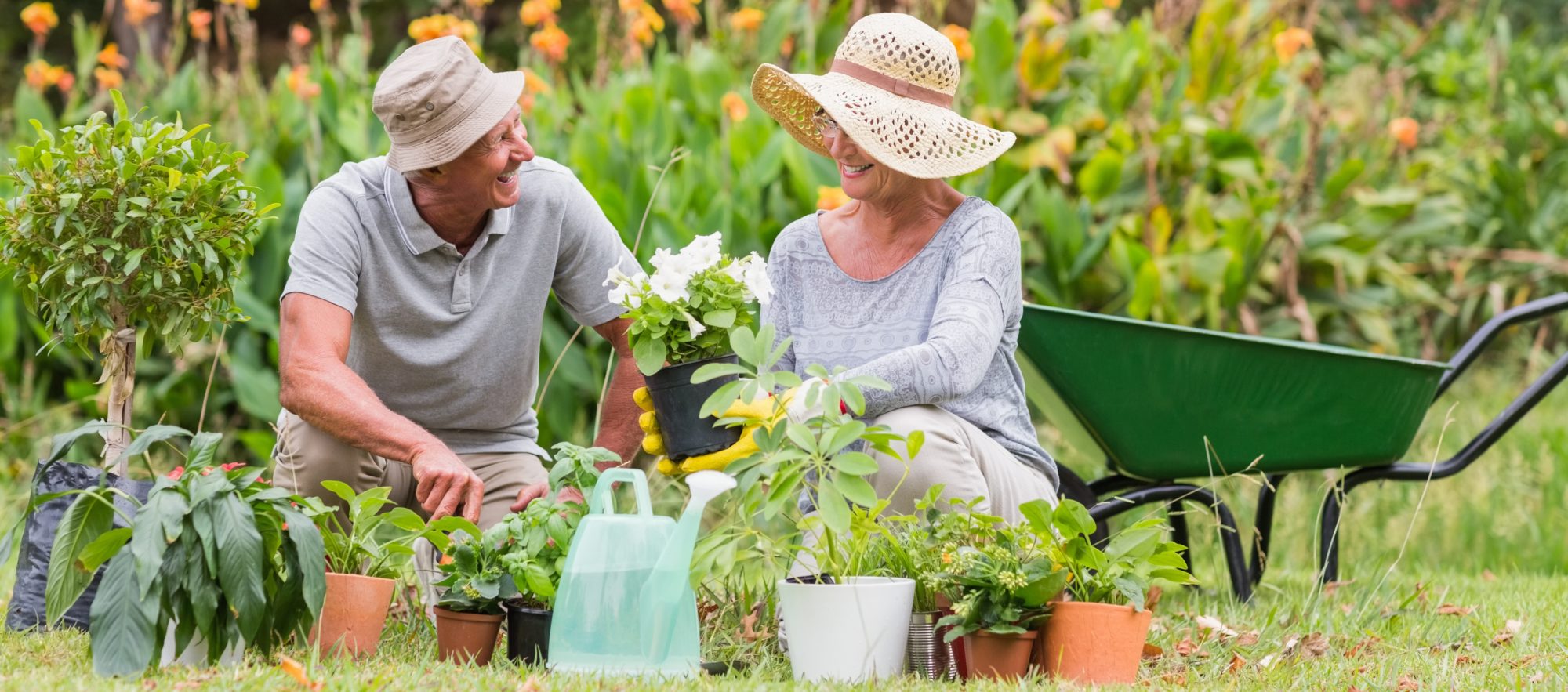Seasonal Gardening Tips: What to Plant and When for Finest Results
Seasonal Gardening Tips: What to Plant and When for Finest Results
Blog Article
The Comprehensive Guide to Gardening: Discover the Benefits of Different Designs and Methods
Horticulture encompasses a diverse selection of designs and techniques, each offering one-of-a-kind advantages tailored to specific choices and environmental contexts. As we explore these various styles, it becomes noticeable that the selections made can significantly affect both the yard's wellness and its contribution to the surrounding atmosphere.
Understanding Gardening Essentials
Comprehending the essentials of gardening is vital for growing a thriving and lasting garden. A successful horticulture endeavor begins with a strong structure of understanding pertaining to soil, plant choice, and climate factors to consider.
Selecting the right plants is equally crucial. Comprehending their certain requirements-- such as sunshine, water, and spacing-- makes certain compatibility with the regional climate and dirt conditions. This choice process must also consider the growth habits and lifecycle of plants, enabling a well balanced and visually pleasing garden.
Additionally, reliable sprinkling methods are crucial. Over-watering and under-watering can both bring about plant stress and condition. Carrying out a schedule based upon seasonal adjustments and plant requirements can boost water efficiency.
Popular Gardening Styles
What defines the essence of popular horticulture designs? Among the most popular designs is the home garden, defined by its casual layout and a lively array of blossoms and vegetables.
On the other hand, the formal garden embodies symmetry and order, frequently featuring geometric patterns and diligently trimmed bushes. This design interacts beauty and elegance, with thoroughly chosen plants that strengthen an organized visual.
The Japanese yard uses a peaceful and meditative experience, utilizing natural aspects like water, rocks, and plants to develop a tranquil setting. It focuses on simplicity and equilibrium, motivating consideration.
In addition, xeriscaping has acquired appeal, particularly in arid areas (Gardening). It prioritizes drought-resistant plants and effective water usage, promoting sustainability while enhancing landscape appeal
Benefits of Container Horticulture
Container horticulture supplies a wide variety of benefits that make it an attractive alternative for both novice and seasoned garden enthusiasts alike. One of the primary advantages is versatility; containers can be put in various places, allowing garden enthusiasts to optimize sunshine direct exposure and develop visually enticing setups. This adaptability makes it possible to yard precede where conventional in-ground gardening may not be practical, such as verandas, patio areas, or city atmospheres.
In addition, container horticulture gives better control over soil problems. Garden enthusiasts can personalize the soil mix to match specific plants, ensuring optimal water drainage and nutrient availability. This is especially beneficial for individuals living in areas with inadequate my latest blog post or polluted soil.
One more considerable benefit is the minimized risk of parasites and illness. Container plants can be kept track of a lot more conveniently, and any kind of problems can be attended to quickly. This technique can decrease the spread of intrusive types.
Lasting Gardening Practices
Lasting horticulture techniques are essential for promoting environmental health and wellness and boosting biodiversity in our environments. These techniques focus on ecological balance, source preservation, and using organic methods to reduce unfavorable environmental impacts. By using techniques such as composting, gardeners can decrease waste while enriching dirt wellness, consequently promoting a flourishing garden environment.
Water preservation is an additional important element of sustainable horticulture. Methods such as rainwater harvesting, drip irrigation, go to this website and the usage of drought-resistant plants can considerably lower water usage while making sure that plants obtain appropriate dampness. Additionally, incorporating indigenous plant varieties into yard layouts sustains local wildlife and lowers the need for chemical fertilizers and pesticides, which can be damaging to the setting.

Ultimately, sustainable gardening practices not just contribute to healthier gardens yet also promote an even more resilient setting, using lasting benefits to both the garden enthusiast and the surrounding neighborhood.
Tips for Effective Horticulture
To cultivate a growing yard, garden enthusiasts must prioritize cautious planning and thoughtful implementation of their horticulture methods. Begin by analyzing the regional environment and soil problems, as these variables substantially influence plant choice and development. Choose plants that are well-suited to your environment, taking into consideration indigenous varieties that will certainly love minimal treatment.
Carrying out a well-structured design is vital (Gardening). Make use of friend planting methods to advertise biodiversity and natural parasite control, while making certain each plant has ample room for development. This not just boosts visual appeals but likewise improves total plant health
Routine upkeep is crucial to an effective yard. Develop a regular timetable for watering, weeding, and fertilizing. Mulching can help this article retain moisture and subdue weeds, while additionally adding raw material to the soil.
Do not undervalue the relevance of monitoring. Consistently keeping an eye on plant health and wellness and growth will certainly allow for timely interventions. Lastly, be open to finding out and adapting; gardening is a constant process that gains from experience and experimentation. By focusing on mindful preparation, implementation, and ongoing maintenance, gardeners can achieve a lively and effective garden that grows throughout the seasons.
Final Thought


In summary, the exploration of diverse horticulture designs and strategies exposes their multifaceted advantages, contributing to both visual allure and ecological wellness. Container gardening provides adaptability and accessibility, while lasting practices enhance environmental stewardship. By incorporating various methods and methods, garden enthusiasts can optimize their initiatives, advertise biodiversity, and create functional outdoor areas. Ultimately, this detailed guide functions as an important resource for cultivating effective gardening experiences, fostering a deeper link with nature and the surrounding community.
Report this page